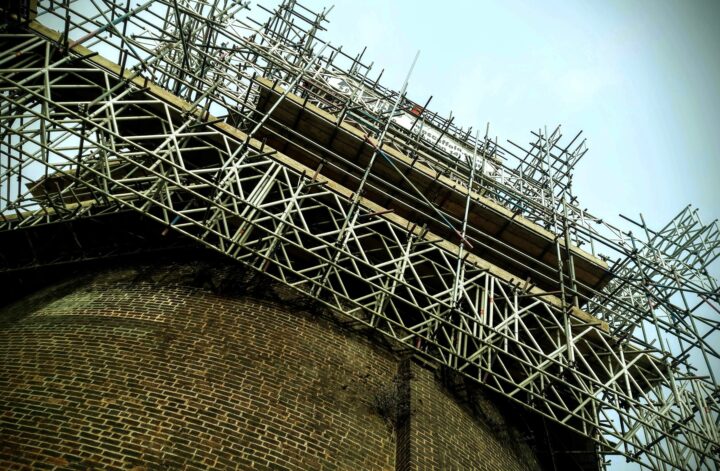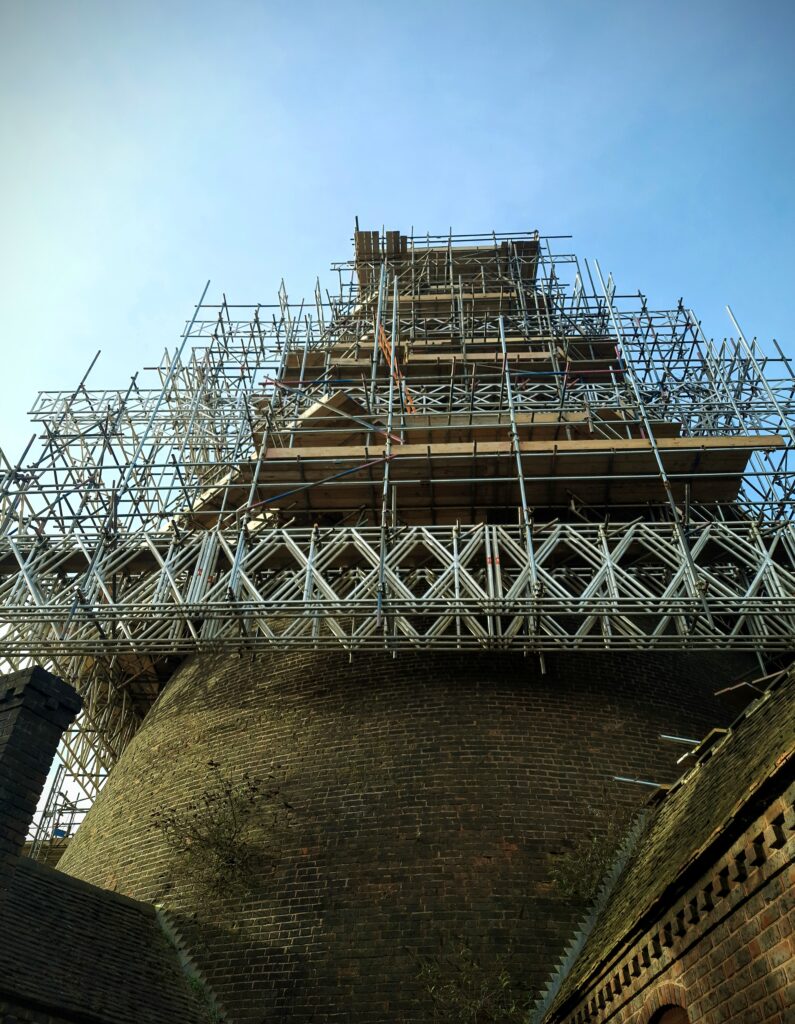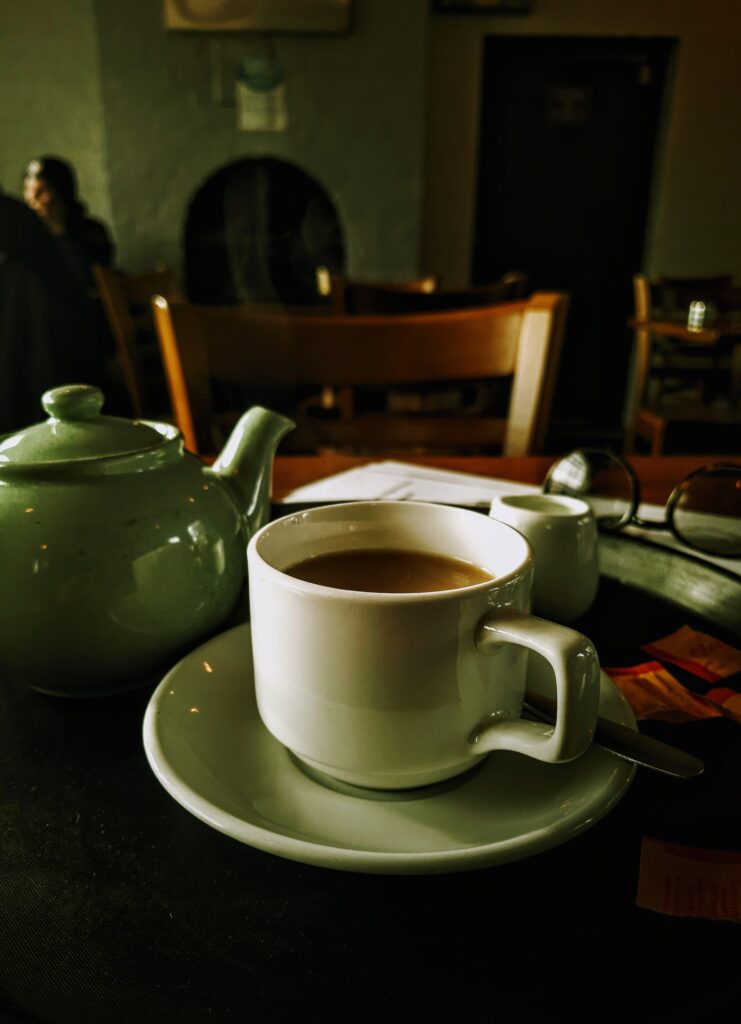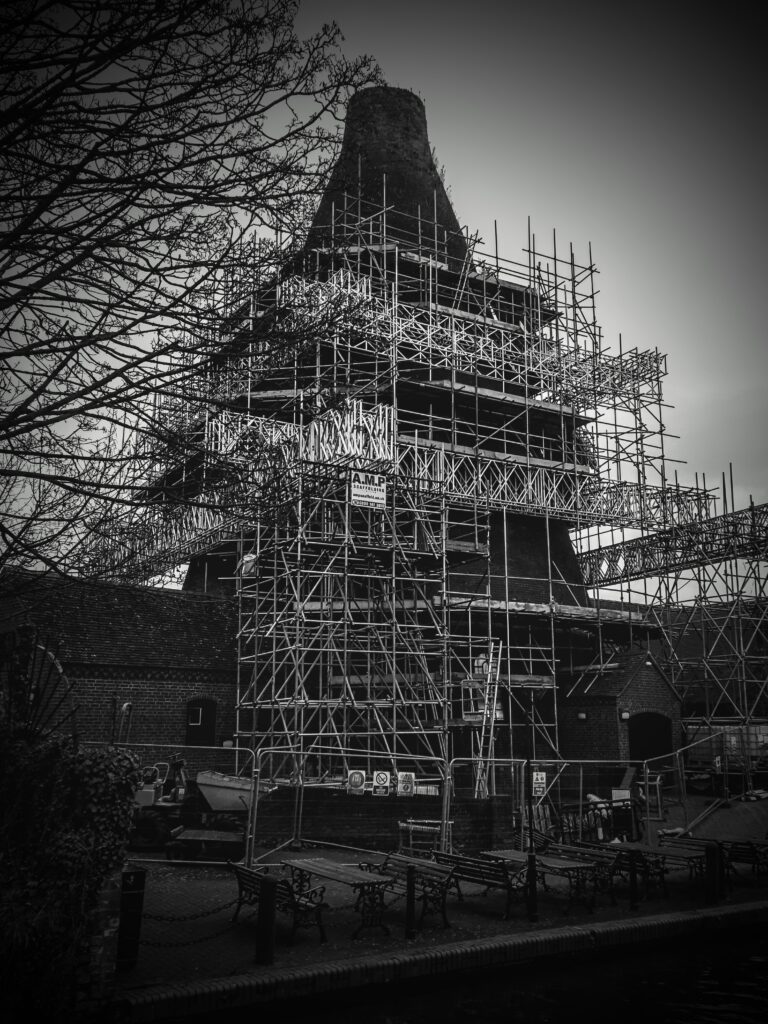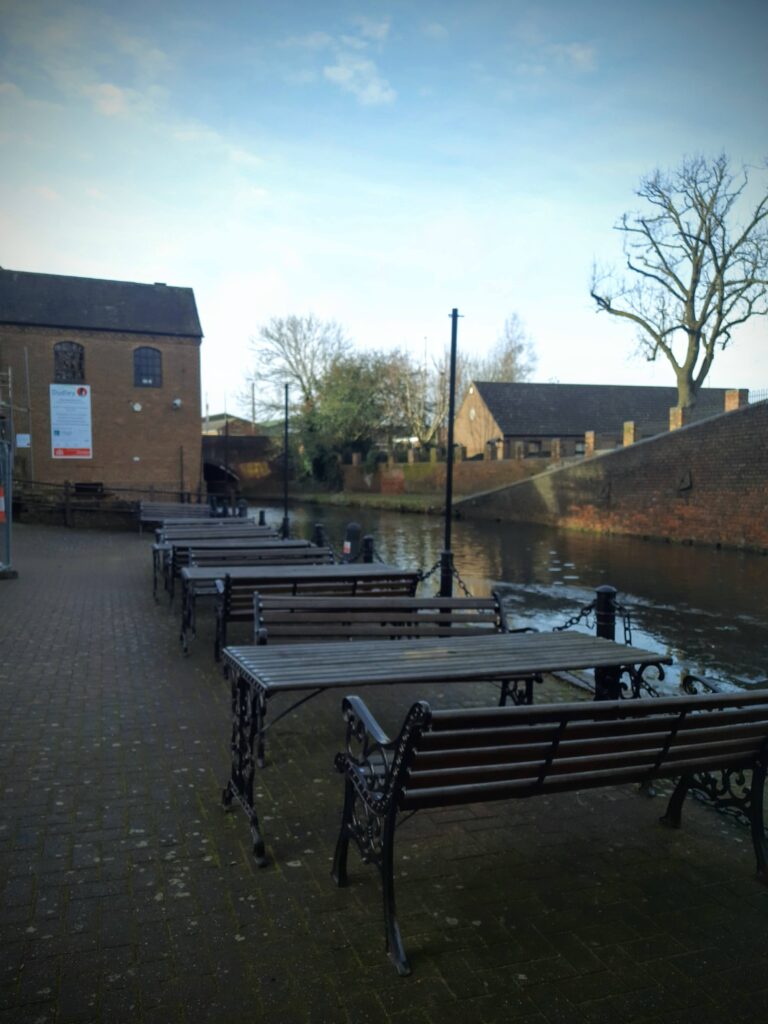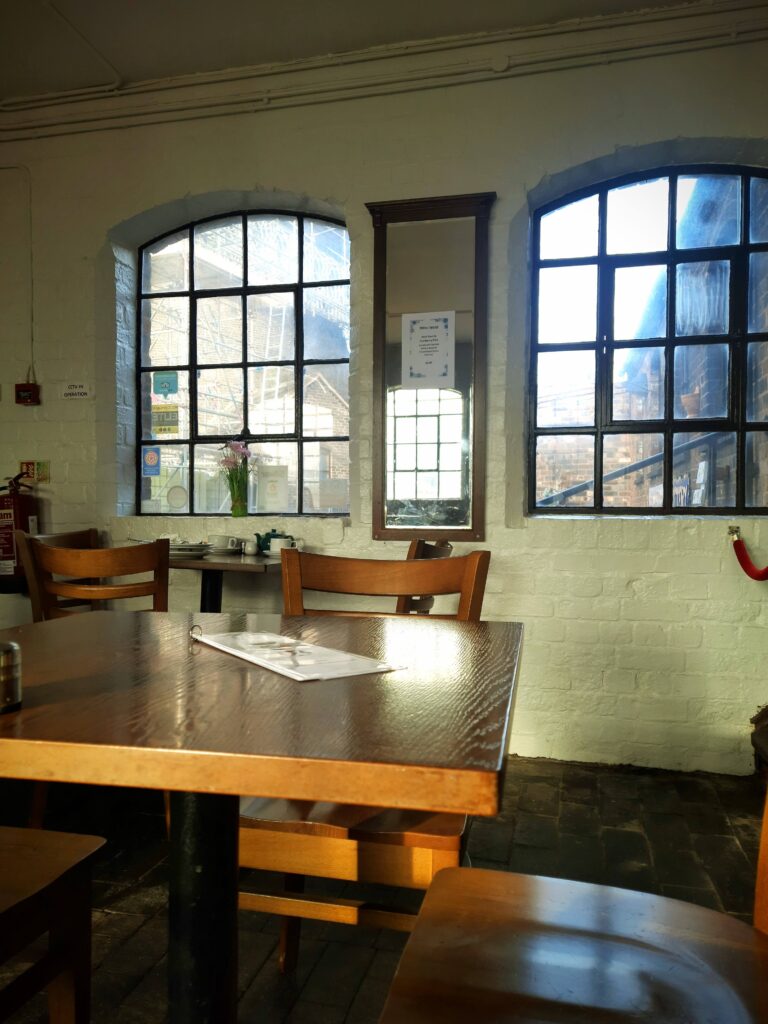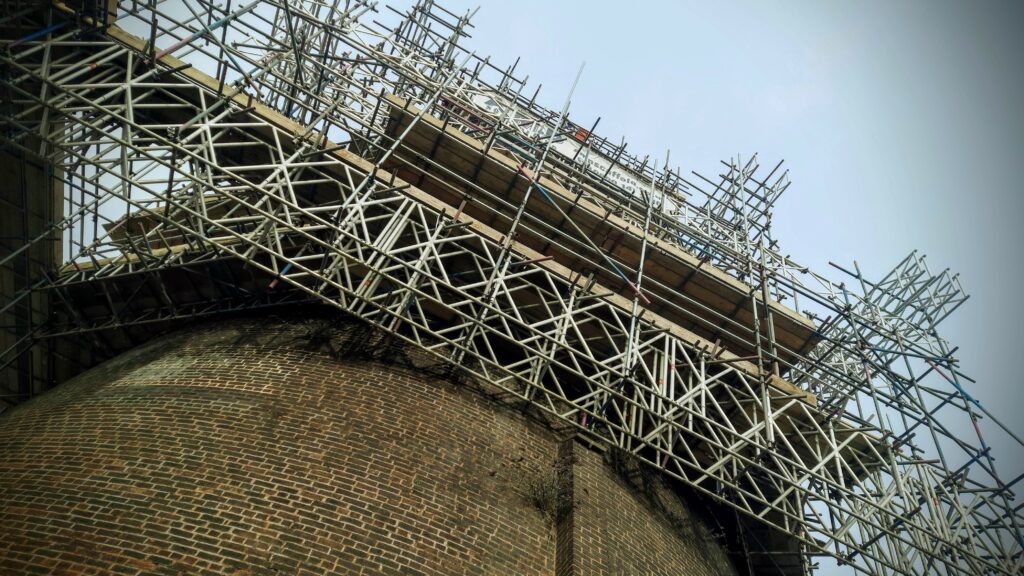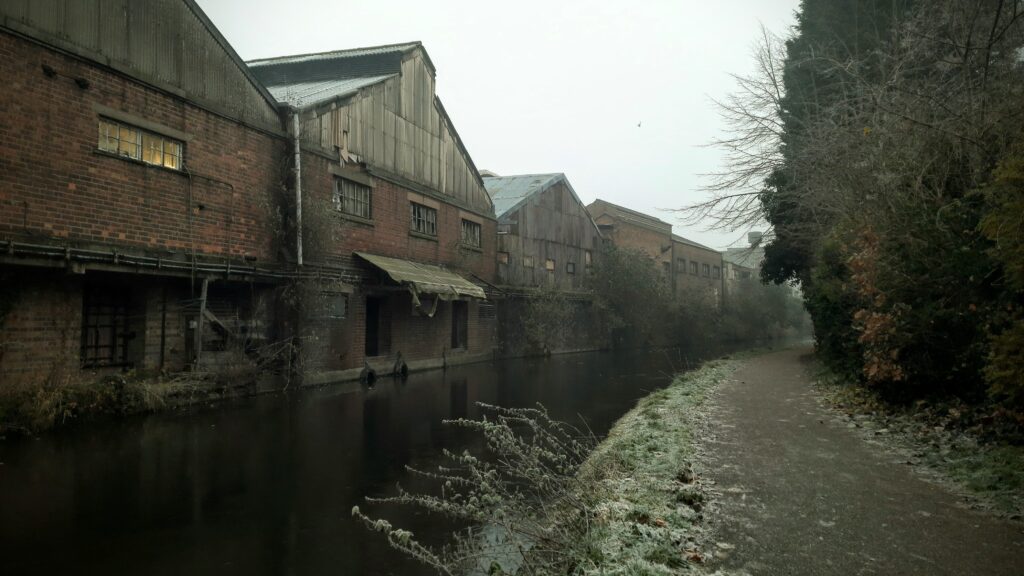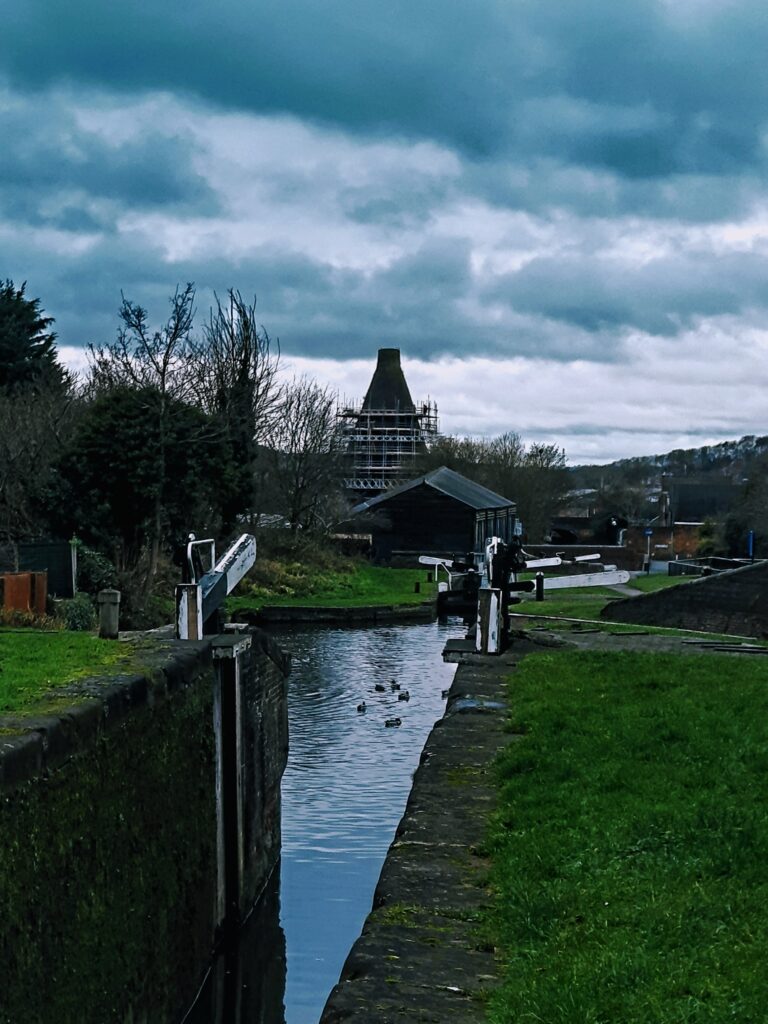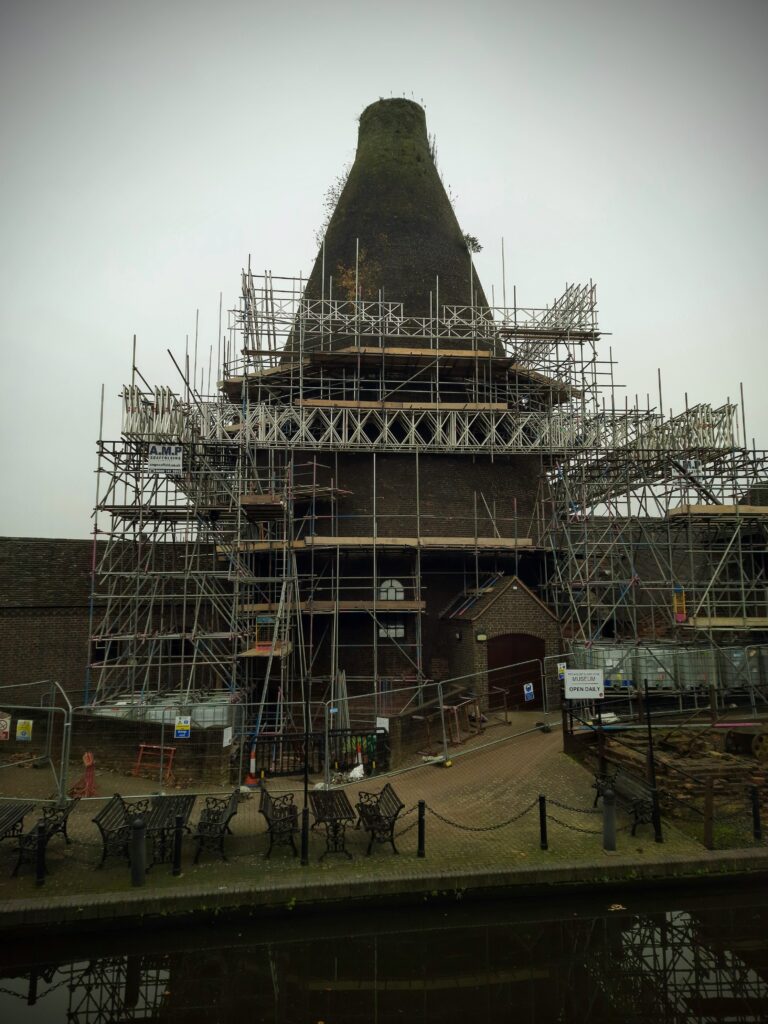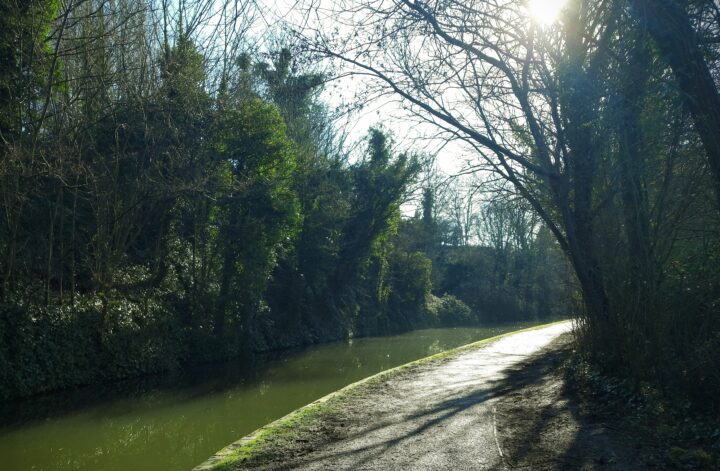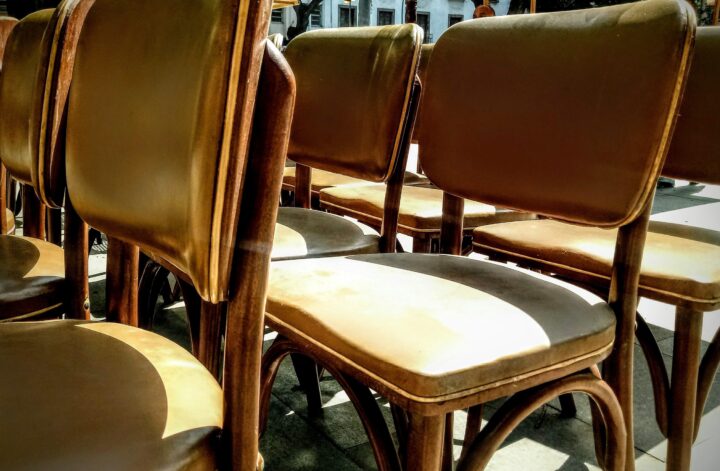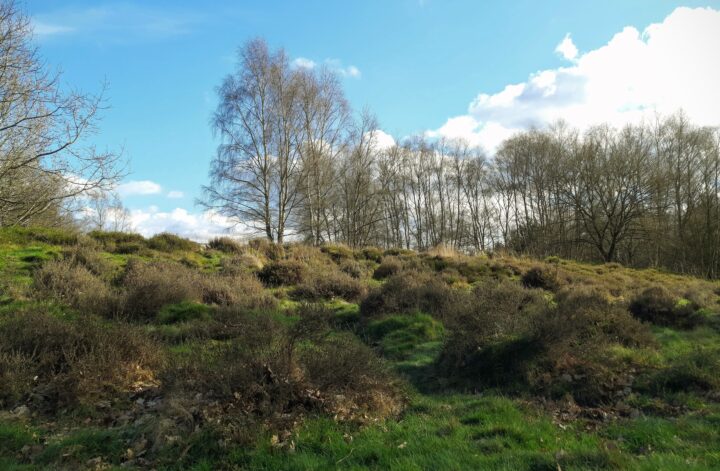Wordsley, Stourbridge, England: 8 degrees, warmer with a grey sky and with the sun trying to appear.
It’s Sunday, cold, and everybody is waiting for a storm that is supposedly arriving late today. It’s already windy, but nothing can stop me from going out for a walk.
I’m leaving home at about 8:30 and I’m going straight to the canal to feed the swans and ducks. Sometimes I think they recognise me as they come quickly from far away. Today, I’m walking almost to Stourbridge by the side of the canal and then coming back along Main Street.
Several people are walking along the canal with their dogs. I have also noticed that there are many people with greyhounds. The greyhound is a traditional breed of English racing dog; it’s a dog that’s very fast, slim, and elegant. Sadly, as many I used for racing, when they are not as quick or competitive as they should be, they are left in shelters for people to adopt.
I have never seen a greyhound in Brazil. There are many whippets, which are a smaller form of greyhound, but never a full-size greyhound, which is quite large and an imposing dog in real life.
Walking along the canal and knowing that the British canals were built during the Industrial Revolution to transport raw materials, commodities, and industrialised products to and from suppliers, factories, and ports is genuinely remarkable. The canal network connects towns and cities throughout England, allowing people to travel deep into the countryside and experience its beauty.
It is no surprise that, besides walking or driving a narrow boat along the canals, there are bike riders with real, reinforced bikes, e-bikes, or even motorbikes that, in groups or alone, probably clock up miles and miles along the paths.
The canal system is a great way to exercise, especially if you enjoy cycling, which also allows you to be in close contact with nature and the British countryside. In the British summer, you can rent a narrowboat for a week or more and go navigating along the canals of the countryside. It is not dangerous as the speed limit is only four mph.
It is not like a powerboat or yacht that can reach 30 knots or more in open seas and can be a dangerous or even deadly weapon. A narrow boat is easy to drive; anybody can learn in half an hour to an hour. You slowly go up or down the canals, stopping at the end of the day, as you are not allowed to navigate at night.
When you rent a boat, you typically follow a predetermined route through the canal system, stopping at various towns along the way. Some towns are more beautiful or interesting than others, but there’s usually a pub nearby where you can enjoy a drink and a meal. Afterwards, you can return to the boat to sleep. If you’d like, you can stay in a town for an extra day or two before continuing to your next destination.
As I turned off the canal and onto the main roads on my way back, I saw the entrance to a cultural, museum, and commercial centre specialising in glass and crystal. I have passed by this place many times during my stay, but I had never entered.
As curiosity killed the cat, I decided to walk up the long drive and eventually reach the main building. The building was quite impressive, blending old rustic architecture with modern design.
What also impressed me was that the building was not visible from the road; it was completely hidden from sight. You would only discover it if you were searching for it. Passersby would never imagine such an interesting place existed unless they were looking for it.
As it is Sunday, everything is closed. I spoke with a person who works there, likely a security guard, and he informed me that it is closed to the public today.
What I need to say and what I have forgotten is that the region of Stourbridge, where my family is from and where I was brought up, was once the world’s capital for glass, especially crystal glass. There were many factories spread throughout the region, specialising in glass and crystal.
My grandfather, from my father’s side, was a renowned glass cutter and engraver of crystal glass. He cut a significant amount of crystal for the royal family and the queen during his working life. My mother, to this day, has a crystal glass collection worth a lot that was passed down to her by my grandfather.
Leaving the first museum/cultural centre, I’m coming back home along the main road, again being a tourist in my hometown and also very curious, I entered another glass museum/centre, not far from where my mother lives.
This place is truly iconic, featuring a massive red cone chimney that was used to heat raw materials into glass during its peak time. From my bedroom window, I can see this cone standing tall above nearly everything else in the region.
As I entered the central area of the cultural centre, I came across an impressive showroom showcasing crystal glass. Unfortunately, I learned that very little of the glass is actually produced on-site at the museum or cultural centre today. While exploring the showroom, I noticed some small glass marbles. When I inquired about them, the shop assistant informed me that they were made in China, not locally.
This was a shock and quite disappointing for me.
The actual cone chimney itself is currently under restoration, with scaffolding surrounding it. It is truly impressive, and you can imagine what it was like 100 years ago, with the number of people coming and going and working under such conditions. Around the chimney are small businesses and artisanal craft professionals related to the once-vibrant glass industry of the past.
At the end of one alley, there was a tiny coffee shop. It was so discreet that if you didn’t look hard or look for it, you wouldn’t notice that it was open, as there was just a door and nothing else to inform you what was on offer.
Luckily for me, it was open. I entered a beautiful little room that had been restored from the past, with white walls and a black floor. There were the old-style industrial windows from the time it was a factory; they were simple yet beautiful, with an extremely good taste in a minimalist style. It is clear that this room and the small building in the past served as a storage room or a workspace for specialist workers near the chimney.
I went to the counter at the end of the room and ordered a tea; it promptly came. I had the tea and finally left. I walked around a little more in the cultural centre, and again, from the street, it seems okay, even nice, but when you enter, it is really nice, enchanting, and special.
The fact that these special places are often too discreet, understated, and even undervalued makes them difficult for passersby, or even someone in a car, to visit and truly appreciate, recognising their real value, so that they can be truly appreciated as they should be.
It’s a pity.
I have visited two very special places today, both of which are connected to my region and family history, which makes me wonder if even now, a skeleton of the past will be able to survive in the future. If not enough people visit them, it won’t be easy, and another factor that doesn’t help at all is the uninviting British weather.
I walked home and spent the rest of the day inside, anticipating the storm.
In bed by 11:00 p.m.
Thank you.
Thanks for reading this blog post. Please explore my other posts and share your thoughts in the comments section.
Richard

